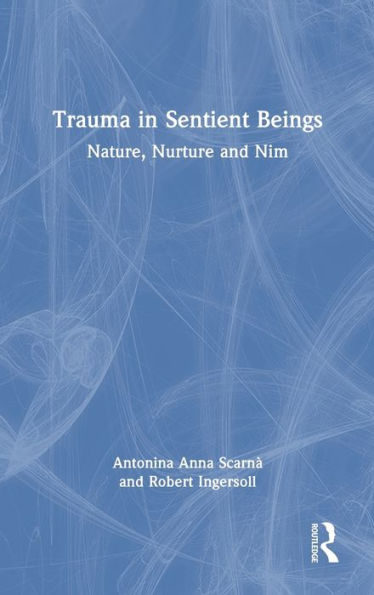Dr Anna Scarnà and Robert Ingersoll use the life history of the chimpanzee, Nim Chimpsky and his family: parents Carolyn and Pan, companion Lilly, their daughter, Sheba, and an assortment of human carers, to explain the hallmarks of healthy human psychological development. What makes humans "human", and chimpanzees, "chimpanzees"? Do chimpanzees have a personality, or should we consider them to have a “chimpanality?”
Robert, close friend and carer of Nim, gives the facts about Nim’s upbringing and first-degree relatives, and Anna reports with reference to theories of brain, personality, self, and language. Together they explain what can be drawn from psychological research and reanalyse the chimpanzee work from the 1960s and 1970s in order to honour and respect the memory of those animals.
Dr Anna Scarnà and Robert Ingersoll use the life history of the chimpanzee, Nim Chimpsky and his family: parents Carolyn and Pan, companion Lilly, their daughter, Sheba, and an assortment of human carers, to explain the hallmarks of healthy human psychological development. What makes humans "human", and chimpanzees, "chimpanzees"? Do chimpanzees have a personality, or should we consider them to have a “chimpanality?”
Robert, close friend and carer of Nim, gives the facts about Nim’s upbringing and first-degree relatives, and Anna reports with reference to theories of brain, personality, self, and language. Together they explain what can be drawn from psychological research and reanalyse the chimpanzee work from the 1960s and 1970s in order to honour and respect the memory of those animals.

Trauma in Sentient Beings: Nature, Nurture and Nim
204
Trauma in Sentient Beings: Nature, Nurture and Nim
204
Product Details
| ISBN-13: | 9781032510064 |
|---|---|
| Publisher: | Taylor & Francis |
| Publication date: | 06/07/2024 |
| Pages: | 204 |
| Product dimensions: | 6.00(w) x 9.00(h) x (d) |
